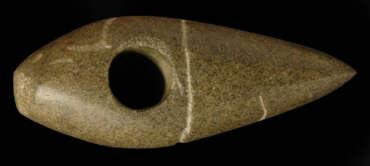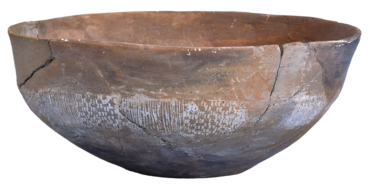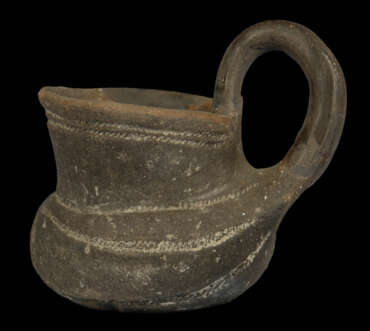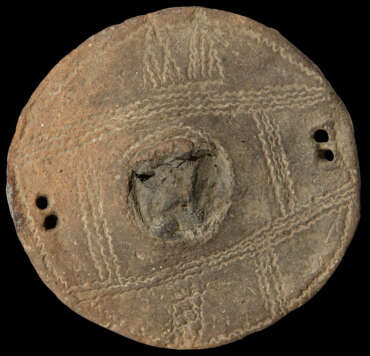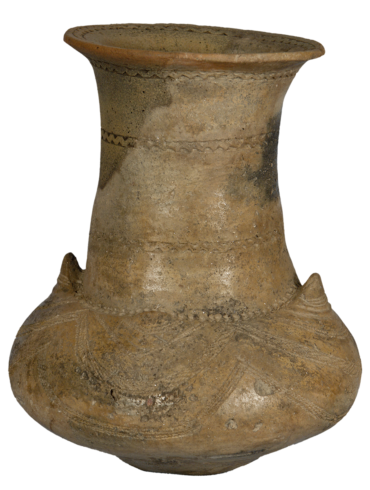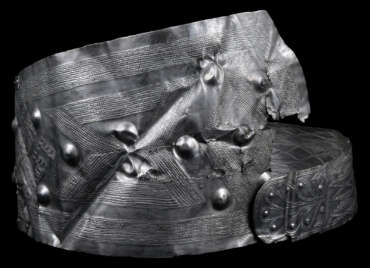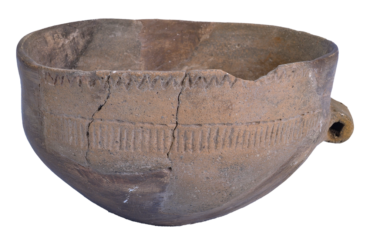METAL AGES COLLECTION
The collection of metal ages consists of vast study material and more than 1000 exhibits including chronological span of the Copper Age (around 4500-2200 BC), Bronze Age (around 2200 – 1300 BC), the transition period from the Bronze Age to the Iron Age (around 1300 – 1100 BC), the Early Iron Age (around 1100 – 300 BC) and the Later Iron Age from 300 BC. until the beginning of a new era.
The remains of discovered settlements and movable archeological material originating from these sites inform us about the tribes and peoples who lived on the territory of Middle Pomoravlje. The multi-year projects “Archaeological sites in Pomoravlje”, “Ancient peoples and cultures in the town of Svetozarevo”, “Ancient peoples and cultures in Central Pomoravlje” and “Prehistoric forts in Pomoravlje”, organized in the 1960s to 1990s, have discovered 32 fortified settlements (of the “gradina” type) while 25 multi-layered sites of the Copper, Bronze or Iron Ages were excavated.
The most important Eneolithic site is “Đula” in the village Ostrikovac, which includes pottery of variegated ornamentation made by engraving and inlaying of different geometric patterns. Along the explored Bronze Age sites in Jagodina, Majur and Ostrikovac, the necropolis of the cremated burials of the Urnfield culture has been excavated in Rajkinac. In Jagodina proper the material from the multi-layered site at “Panjevački rit” has brought to light continuity of the settlement through various stages of the Metal Age, the Copper, Bronze, Early and Later Iron Ages, as well as the life of Triballi in Pomoravlje whose presence may also be traced at the sites “Sarina međa”, “Crvene livade” and others. One of the most important Early Iron Age fortresses in the Velika Morava valley, featuring the palisade fortification, has been explored on the site “Gradac” in Novo Lanište. The Later Iron Age is represented by the Celtic and Dacian material from the sites in Majur, Donje Štiplje and “Crvene livade” in Jagodina.
Richness of the collection rests on various sizes, shapes and ornaments of the ceramic vessels: miniature vessels, large pythoi for storing food, cups and bowls of bad texture and workmanship, richly decorated and skillfully modeled urns of Bassarabi style. The variety of objects also include items for everyday use, cultic and ritual artifacts, bone and antler tools (needles, awls, hooks, harpoons, planters and hoes), tools and weapons made of painted and polished stone (blades, scrapers, projectiles, axes, chisels, maces) and a large number of stone grinders. The collection consists the various metal objects such are tools (knives, axes, chisels), weapons (daggers, arrows, axes and spears) and jewelry (fibulae, bracelets, necklaces, saltaleons, rings and pins), made of bronze, copper, iron and silver. The most luxurious items of the collection are silver fibulae of the Čurug type from Majur and a silver belt of the Mramorac type from Batinac, which strongly testify to the high degree of development of the Triballi culture and social stratification within this old Balkan tribe.
Curator: Sonja Perić



